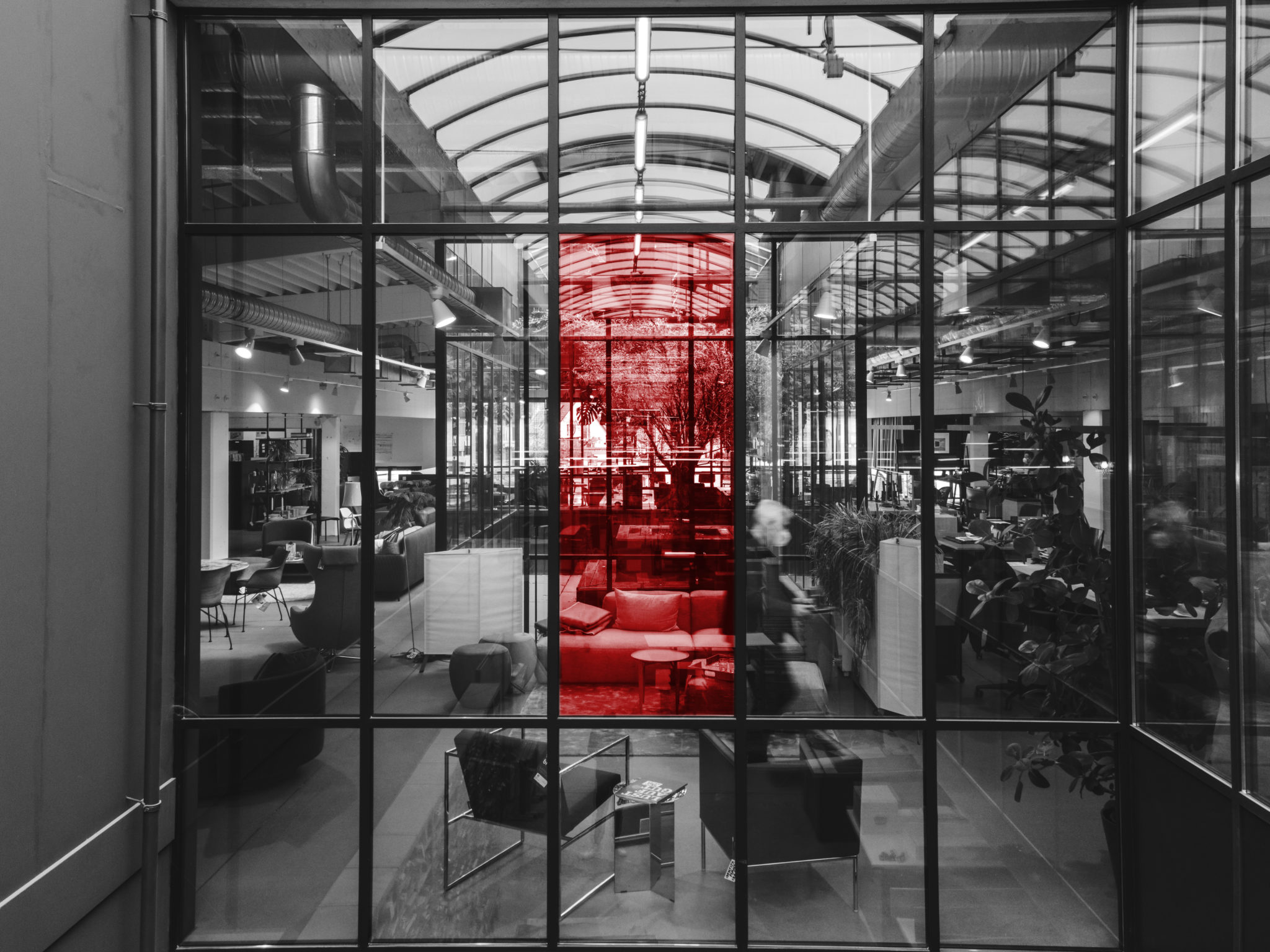If you are actively involved in sales, you probably have personal experience of how much customer expectations have changed as a result of the digital age, and how to hold a sales conversation accordingly. Customers, meanwhile have now become used to getting everything up front: 24-hour service, detailed product information, information on stock levels, fast and simple payment handling and then at the end of all this, the products. They project these wants and needs onto stationary retail accordingly.
Excellent preparation and exceptional service delivery are required to meet these high expectations. To make customers happy, all the boxes must be ticked: a feel-good atmosphere, exclusive treatment, inspirational advice, competent information, staging of product handover; this is how you create a good feeling and a memorable purchase experience. That’s because the human component is the key factor: intensity of personal contact, the fulfilment of basic needs such as touch, desire and happiness .
It is precisely this unique advantage of bricks and mortar shopping that retailers need to exploit and practice. We need a new sales culture, a new culture for managing the retail sales process, and with this a new understanding of the immense importance of the successful customer relationship and of customer values. To this end, dialogue with customers needs to be intensified and the sales pitch redesigned. I recommend: Create a personal, individual and emotional face-to-face relationship with your customers.
I would like to use the example of the Tango to explain what I mean: The basis for a successful Tango is leadership, eye-to-eye, with both partners facing each other. Leading in the dance means sending out clear and comprehensible impulses with the intention of initiating a movement. This includes indicating the direction, being aware of rhythm and space, introducing the steps clearly, in good time, so that the follower can carry them out accurately. It is important to keep your eye on the goal and the direction you’re heading in, to see obstacles in your way and react to them in time. All of this happens in the blink of an eye, and with a bit of practice, becomes quite intuitive. Only then can the leader also spot and react to the follower’s impulses. That’s because the Tango Argentino is a two-way conversation, not a monologue.
Symbolically speaking, in the Tango, it’s the heart that leads, because the actual lead comes from the breastbone, which is the point of contact between the couple, not the arms. The legs, meanwhile, can move freely.
Leading with the Heart – in Tango Argentino and in Sales
Could this style of leadership also be a solution for sales? To lead the customer relationship and sales conversation from the heart, thereby enabling emotional experiences that stand outside space and time? Through total concentration on the customer, a sharpened instinct develops for mood, changes and the environment. Everything is seen with fresh eyes and clear sight. This guarantees that we stay on the pulse of the times, at the customer’s heart, and in a figurative sense, dance to the “beat of the Tango”. Purchasing the product then becomes the logical outcome of the relationship that has been established.
How do we conduct a sales conversation from the heart? What to we need to do, so that customers take our lead, and so that a two-way dialogue develops?
In my view, the basics are:
- The “mindsteps” that I have already described in previous blog posts: internal and external posture (Postura), making contact (Cabeceo), making a connection, the embrace (Abrazo)
and then taking the lead. In other words:
- A positive attitude
- Customers are equal partners
- The conversation is held at eye level
- Total concentration on the customer
- I am aware of how I come across (changes in perspective and feedback from colleagues are valuable here)
- I am highly attentive and mindful (there are very good mindfulness exercises for this aspect)
- I feel from the heart (empathy)
- The goal
Every sales conversation is about making the customer happy and creating a positive, intense, “eternal” customer relationship. Achieving the sale of a product is the logical outcome of this relationship. Not power selling, but rather a focused, dynamic power-emotionalisation.
- Perceive and decode all the information on the customer that is available:
- body language, facial expressions and gestures.
- Ask targeted, open questions: What are you looking for, exactly?
- Listen carefully and reflect the customer’s wishes back to them
- Have I understood you correctly? You’re looking for something very special …
- Good knowledge and skills
- Awareness of the shop floor: Where is everything located in the shop?
- Product knowledge, including the emotional benefits of the product
- Knowledge of the stock situation
- Perception of the customer’s impulses and setting your own.
- Lead the “dance” through mutual, not one-sided movements.
You see: The challenges and demands on sales staff in stationary retail are extremely high. It is always about making your customers happy and leading them through a good shopping experience. Ask yourself sometimes: “Where am I?” For me, it’s important that the focus in sales is always on people. That includes you. I’m sure that you (and the whole team) benefit from a successful sales conversation. The happiness and satisfaction of the customer reflects back onto you! Make yourself aware of that fact and enjoy it!
